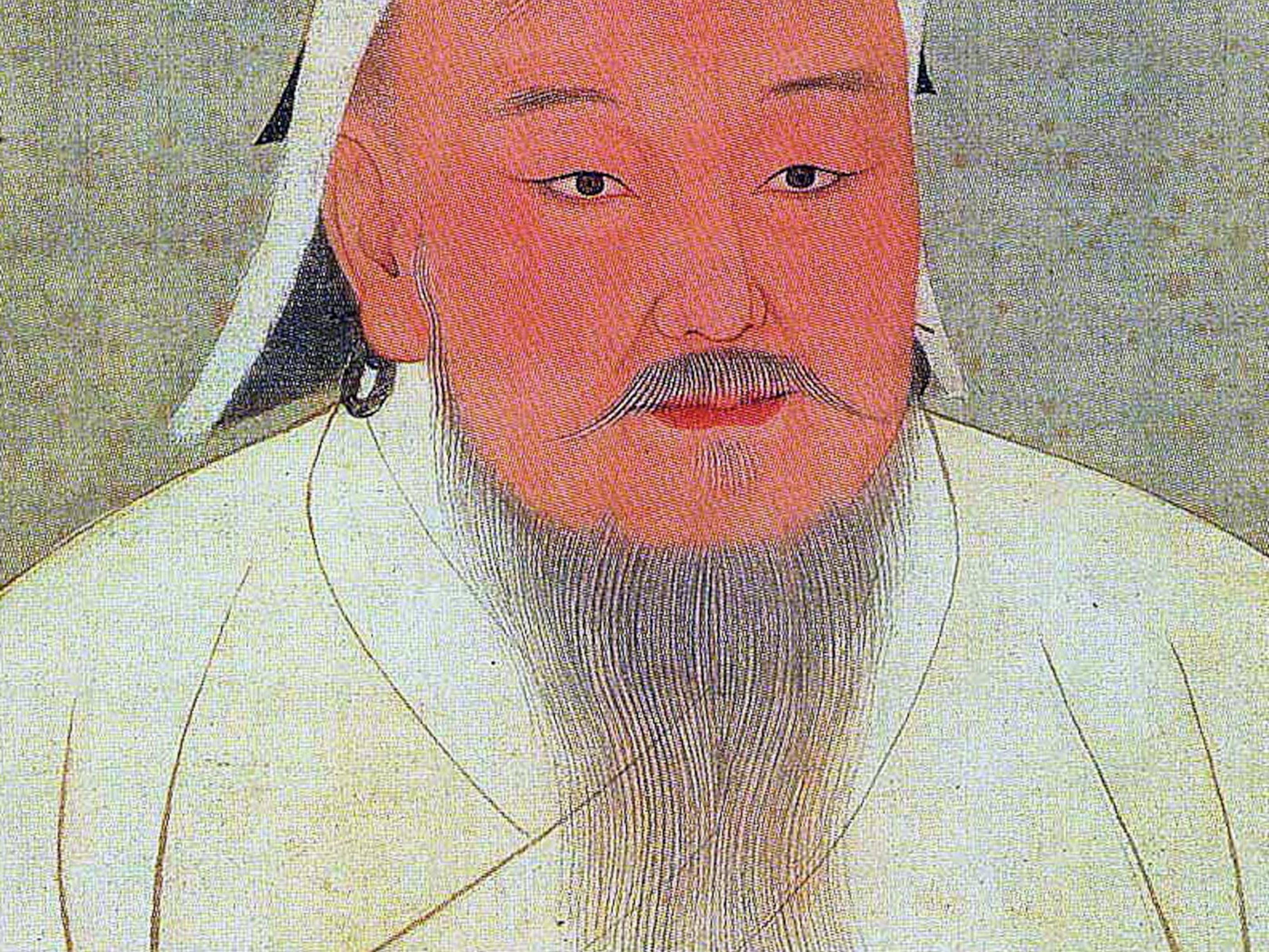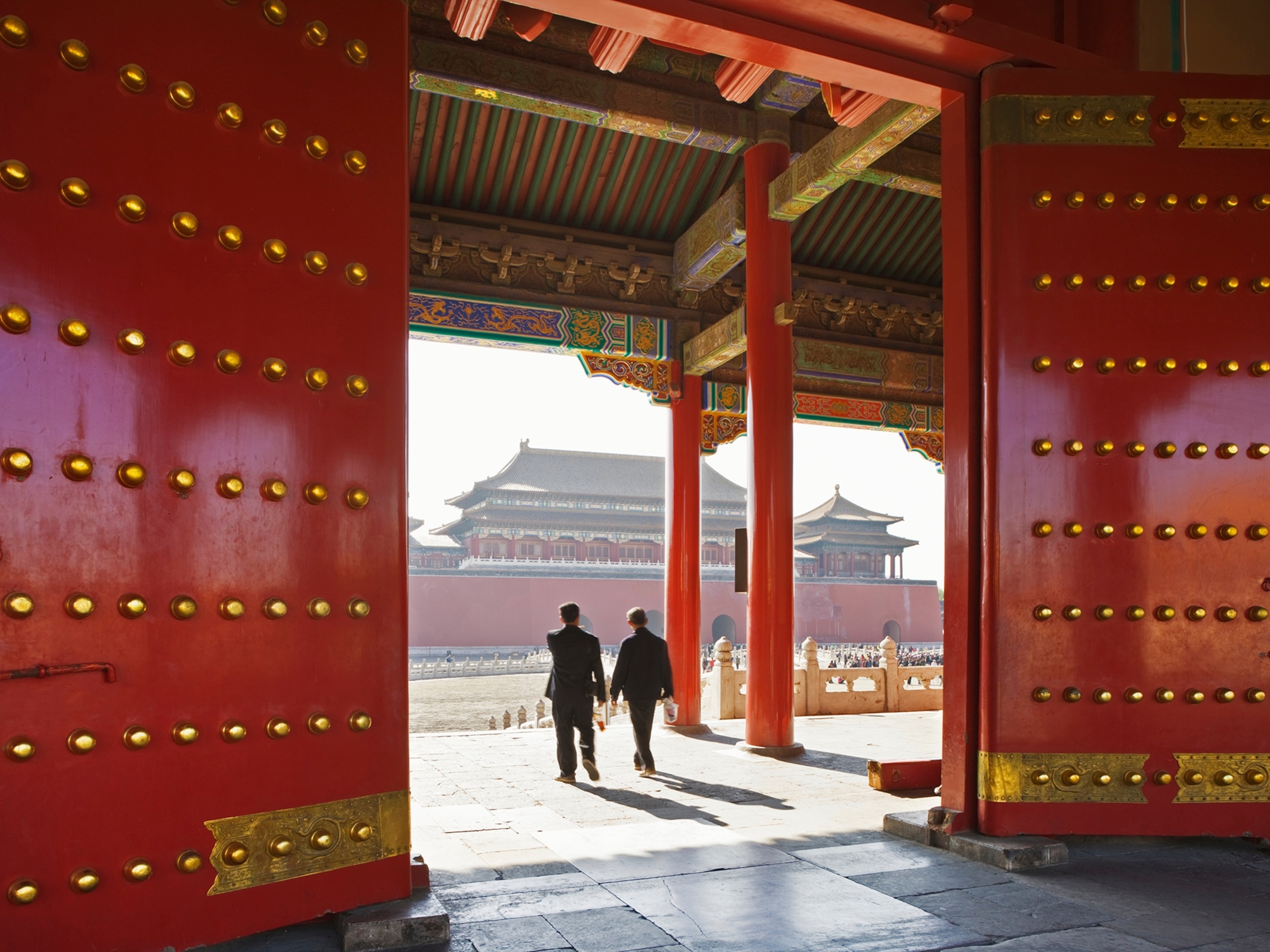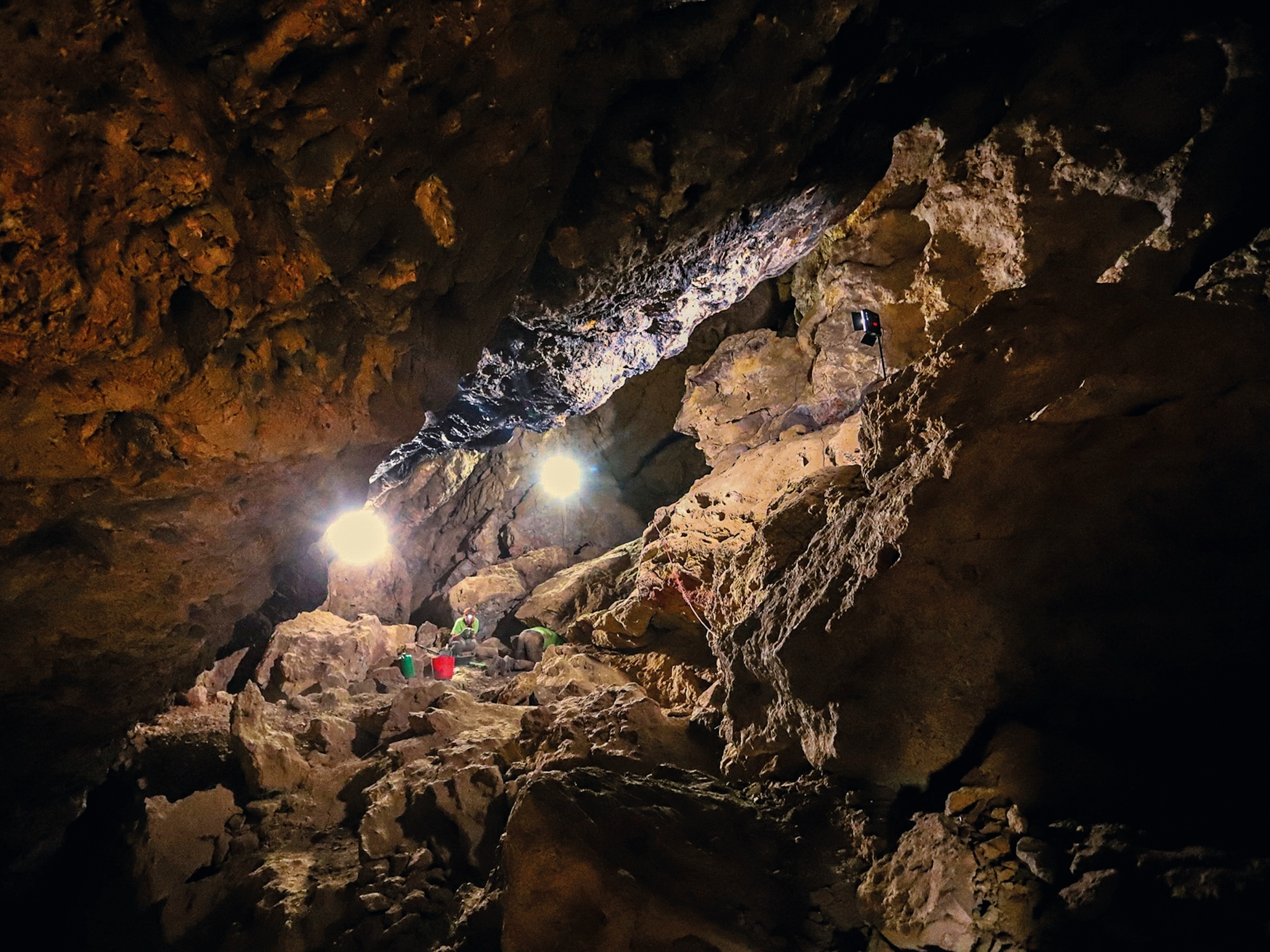
Genghis Khan's Secret Weapon Was Rain
Tree-ring studies suggest that a long wet spell gave him the resources to invade and conquer.
For unsuspecting herdsmen in the 13th century, April showers didn't bring May flowers—they brought Mongol hordes.
New research by tree-ring scientists from Columbia University's Lamont-Doherty Earth Observatory and West Virginia University may have uncovered the reason why an obscure band of nomadic Mongol horsemen were able to sweep through much of Asia in a few meteoric decades 800 years ago, conquering everything in their path: They enjoyed an unprecedented, and yet-to-be-repeated, 15-year run of bountiful rains and mild weather on the normally cold and arid steppes.
By sampling tree rings in the gnarled and twisted Siberian pines in the Hangay Mountains in central Mongolia, the team pieced together a remarkably precise chronology of local climatic conditions stretching from the year 900 A.D. to the present. The study, published in this week's Proceedings of the National Academy of Sciences, offers a new interpretation of why the Mongols suddenly went on the move.
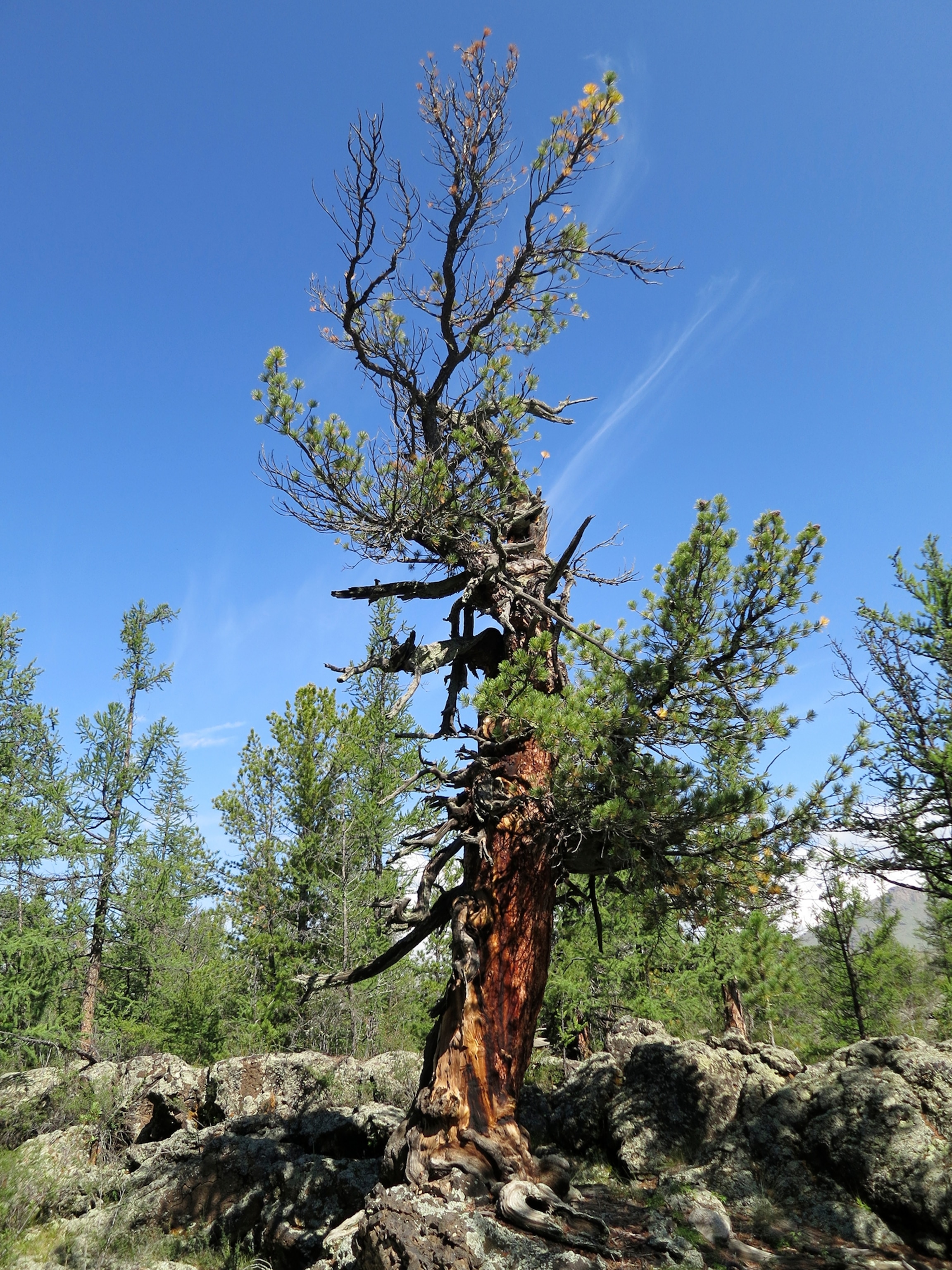
The traditional view has been that the Mongols were desperately fleeing harsh conditions in their craggy, mountainous homeland. The Lamont-Doherty team, however, found just the opposite: Between 1211 and 1225—a period that neatly coincides with the rise of Genghis Khan and the Mongol empire—central Mongolia enjoyed a spell of sustained benign weather unlike anything the region has experienced during at least the past 1,100 years and probably much longer.
"What makes our new record distinctive is that we can see 15 straight years of above-average moisture," says the study's lead author, Neil Pedersen, a tree-ring scientist with the Lamond-Doherty Earth Observatory. "It falls during an important period in Mongol history and is singular in terms of persistently wet conditions."
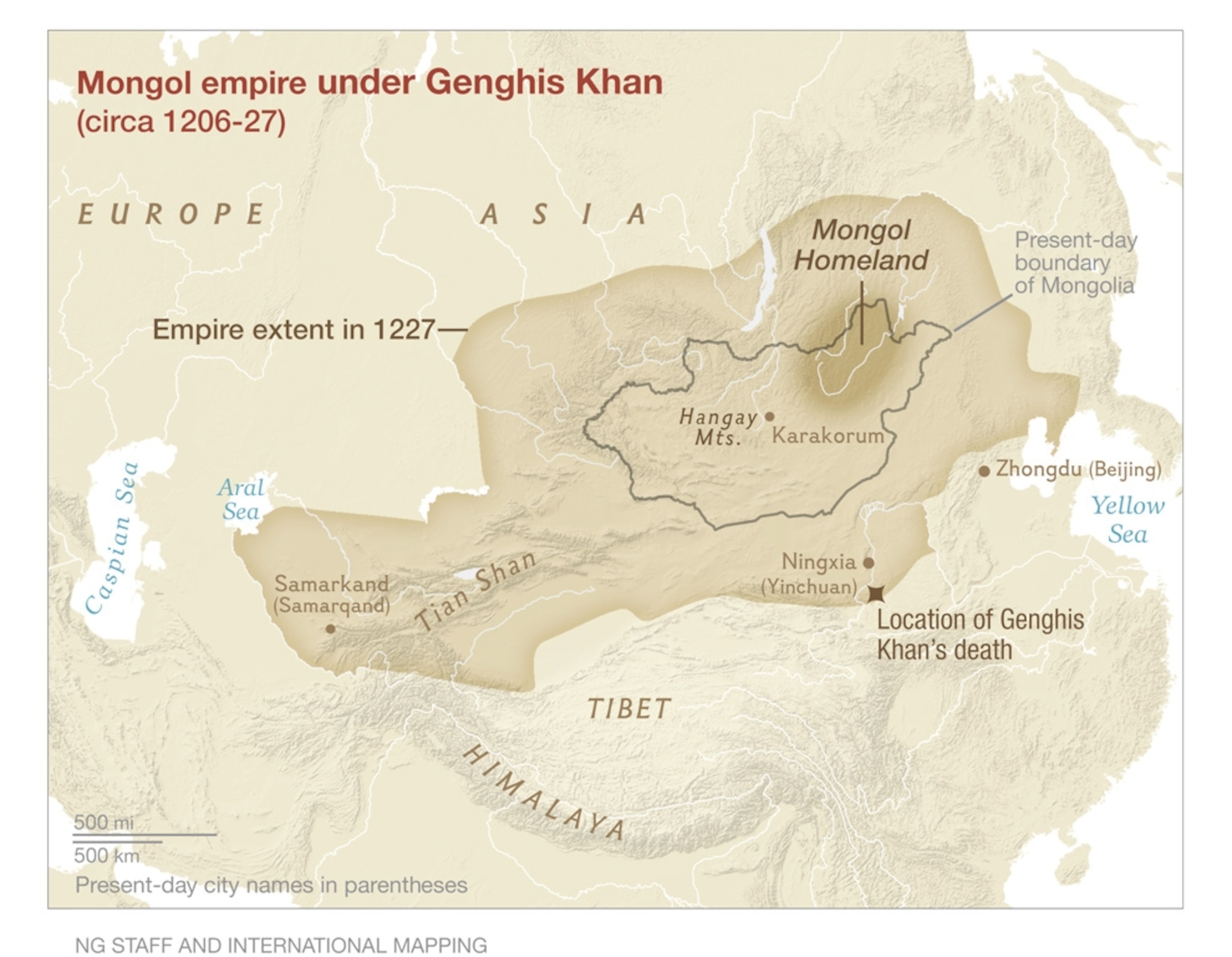
More Grass, More Horses, More Power
The long run of unusually good conditions meant abundant grasses and a huge increase in herds of livestock and war horses that became the basis of Mongol power—a marked contrast to the long and exceptionally severe droughts that gripped the region during the 1180s and 1190s, causing unrest and division.
The Mongols saw their opportunity and seized it—and were fortunate enough that this great tide in their affairs happened to coincide with the rise to power of a vigorous chieftain who would go on to unite them: Genghis Khan.
"The transition from extreme drought to extreme moisture strongly suggests that climate played a role in human events," said tree-ring scientist Amy Hessl of West Virginia University in Morgantown, a co-author of the study, whose research was funded in part by the National Geographic Society's Committee for Research and Exploration. "It wasn't the only thing, but it must have created the ideal conditions for a charismatic leader to emerge out of the chaos, develop an army, and concentrate power. Where it's arid, unusual moisture creates unusual plant productivity, and that translates into horsepower—literally. Genghis was able ride that wave."
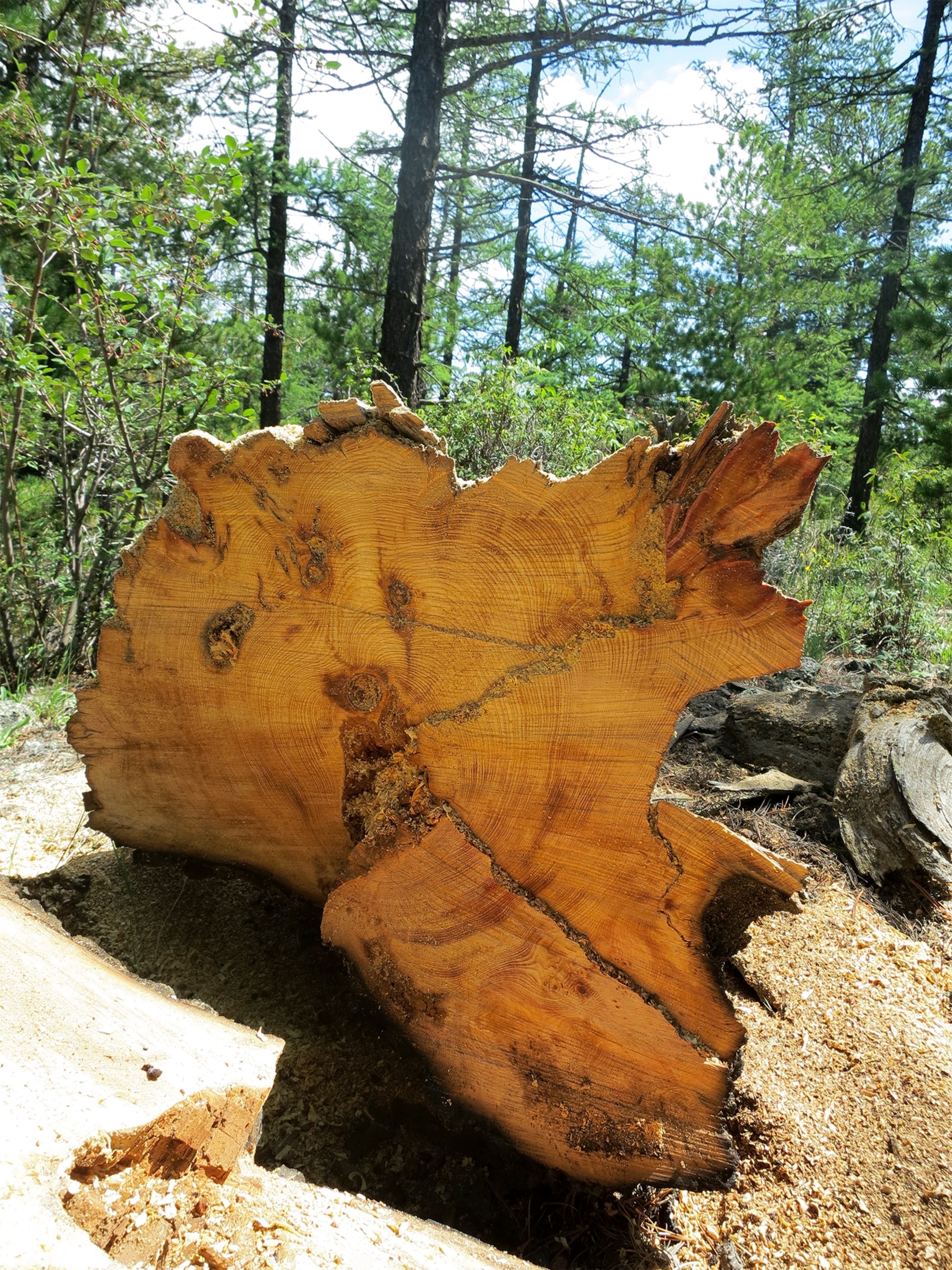
And ride it he did. By the time he died in 1227, he and his followers had founded an empire that would ultimately cover Korea, China, Russia, the Middle East, Eastern Europe, Persia, India, and Southeast Asia. Although the Mongol empire would break up over the centuries, some of Genghis Khan's direct descendants were still ruling pockets of central Asia into the 1920s.
The timely change in climatic conditions that helped to launch the Mongol empire "doesn't appear to have been associated with any change in volcanic eruptions or solar irradiance," says Kevin Anchukaitis, a paleo-climatologist at the Woods Hole Oceanographic Institute. The task that lies ahead: determining if weather influencers like El Niño and the North Atlantic Oscillation might have brought the beneficial rains in Central Asia.
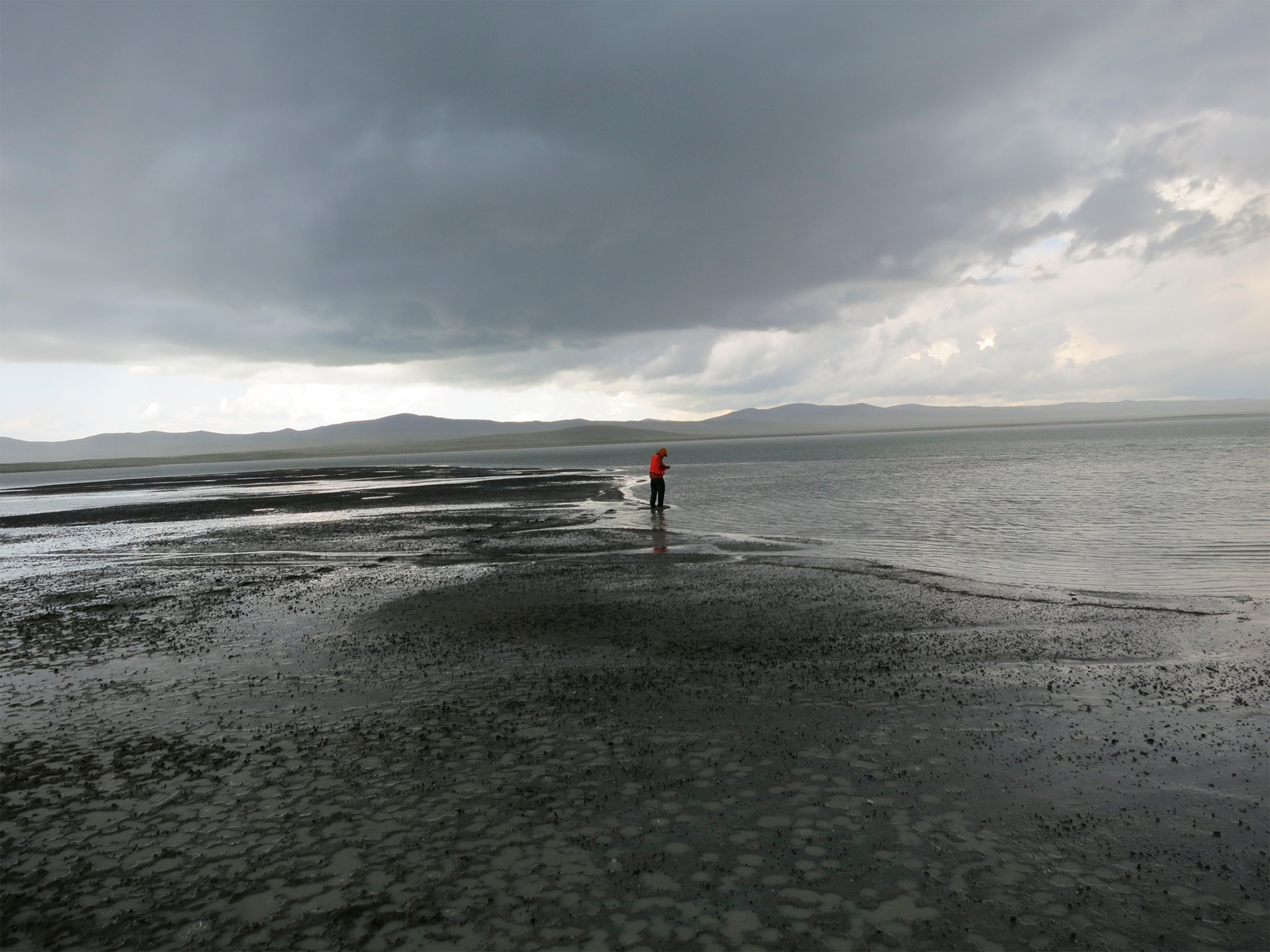
Mongol Invasion: Modern Version
The climate chronology compiled by the Lamont-Doherty team reveals that the dawn of the 21st century has seen some of the hottest weather and most severe droughts in centuries—hotter and drier than even the severe drought years of the 1180s and 1190s. It also suggests that climate may play a role in a modern Mongol invasion—from the arid steppes to the crowded cities.
The recent drought years have followed a string of fairly wet years toward the end of the 20th century. That's a double whammy, says Pedersen, since the relative abundance of rainfall in the 1990s could have made herdsmen less prepared for the harsh conditions of a severe drought.
The hard years, coupled with sweeping changes in Mongolia's post-communist society, have sparked a mass exodus from the steppes into the country's capital, Ulaanbataar, where roughly half of Mongolia's three-million-strong population now lives.
Correction: An earlier version of this story incorrectly identified West Virginia University as the University of West Virginia. It also stated that the population of Mongolia was "six-million-strong." The population of Mongolia in 2013 was 3.2 milion people.

